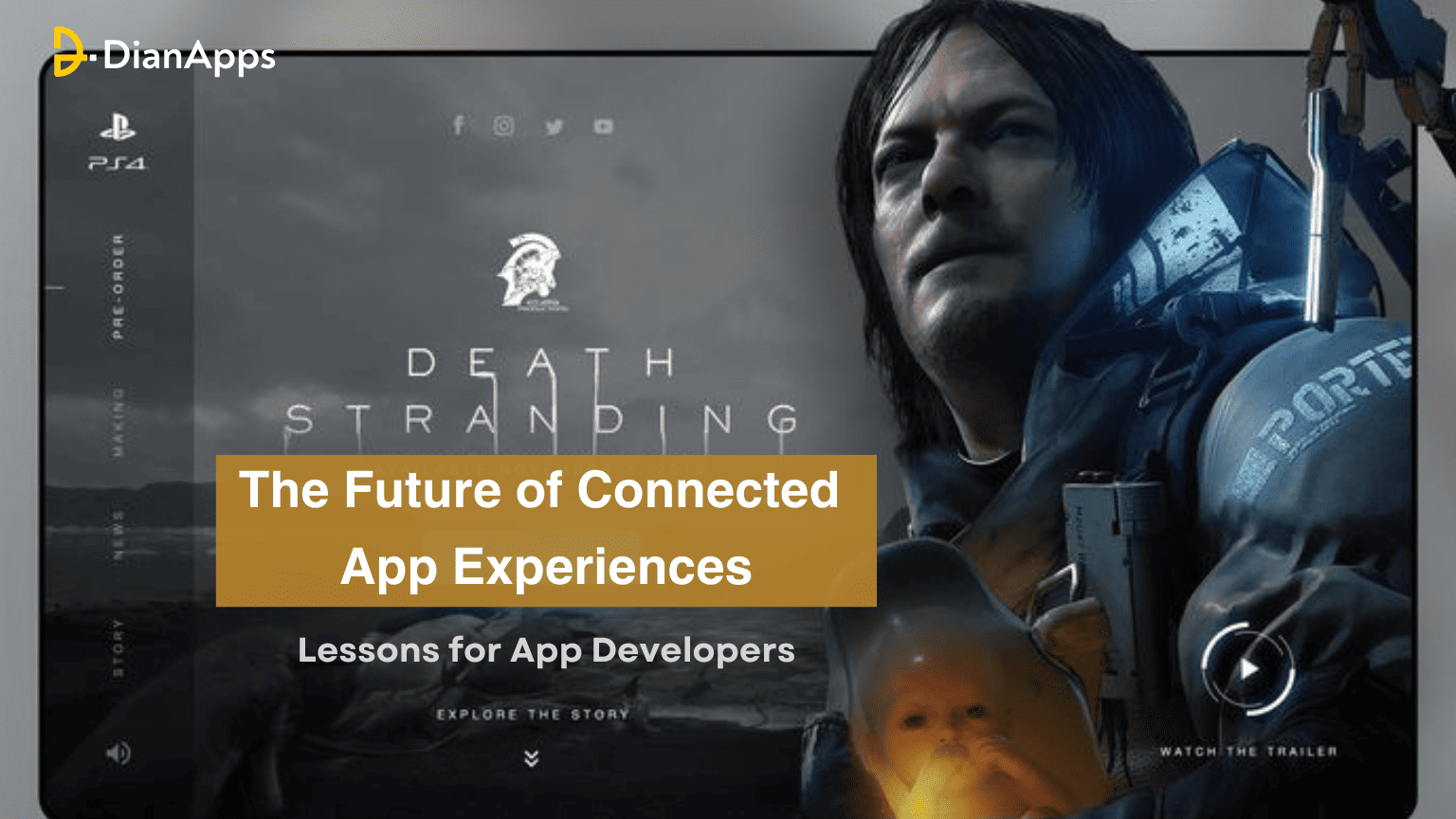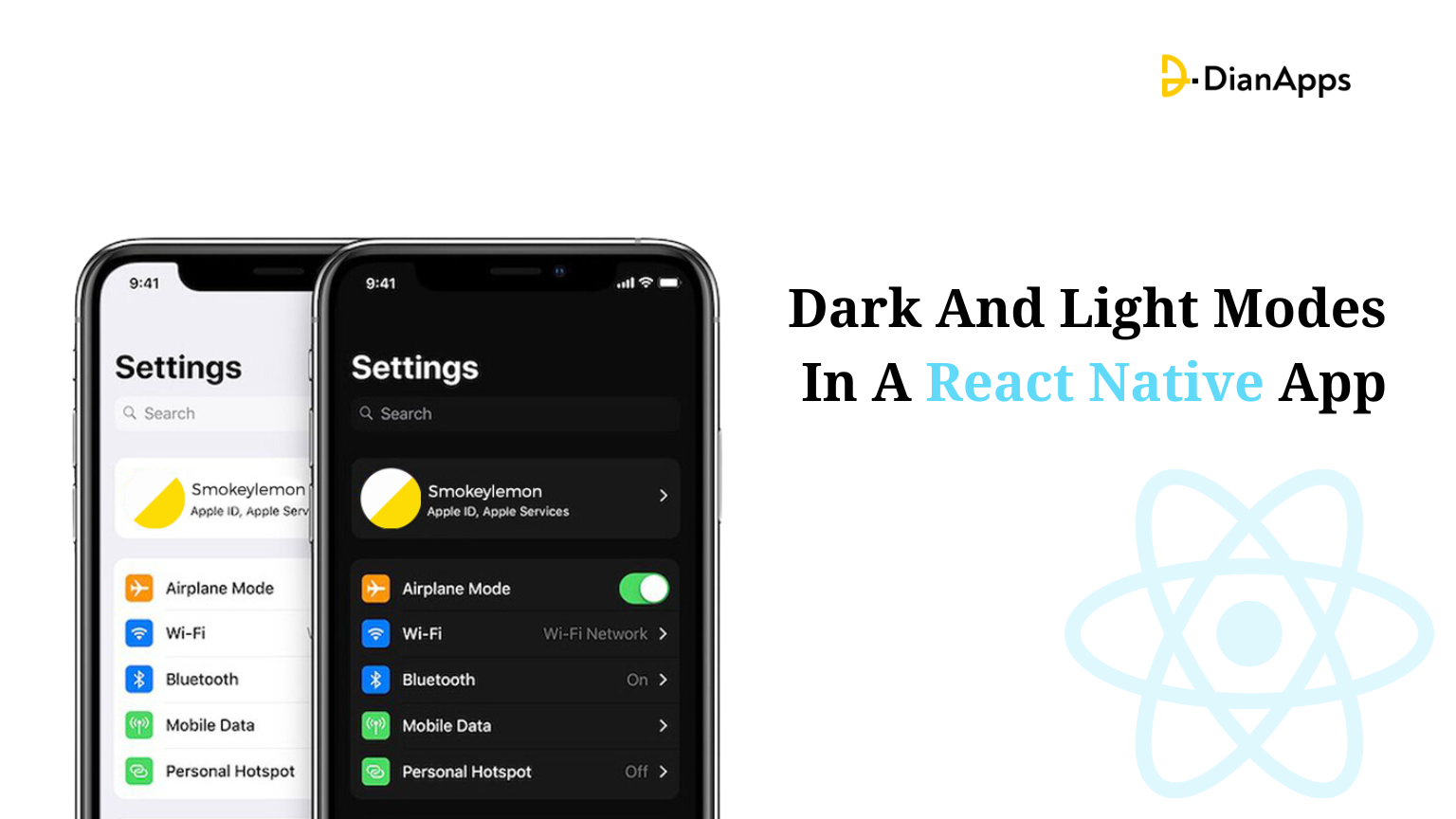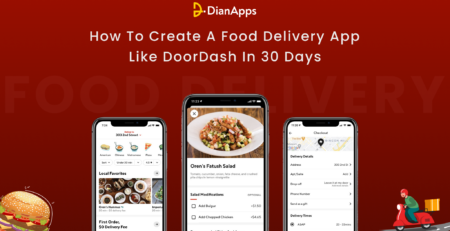Death Stranding and the Future of Connected App Experiences: Lessons for App Developers
What if most popular connections weren’t built through real-time interactions or instant messages but through asynchronous experiences? Where your actions left a lasting impact on others without direct communication? Didn’t quite get what we are referring to, right?
Think of Google Maps, where real-time traffic updates are shaped by collective user inputs, even though those users never communicate. This is one popular example of an app that thrives on building passive yet meaningful connections.
That’s exactly the kind of connected experience Death Stranding provides, but in a far more immersive way. Hideo Kojima’s groundbreaking action game creates a world where players help each other without even meeting by leaving behind tools, paths, and messages that others can use.

In today’s AI-driven landscape, where apps compete to boost engagement and create seamless interaction, the principles behind Death Stranding are more relevant than ever. This innovation is shaping the future of web and mobile applications, affecting everything from social networking and AI-driven platforms to e-commerce and beyond.
So, what can app developers learn from Death Stranding? How can its core principles inspire more connected, impactful, and engaging digital experiences?
The Technologies Behind Death Stranding and Their Impact
Death Stranding is an action game developed by Kojima Productions using the Decima Engine, a powerful game engine known for its stunning visuals and advanced AI. The game was initially released for PlayStation 4 and later for PC, leveraging technologies like Horizon Zero Dawn’s engine, motion capture, and AI-driven NPC interactions.
What is Death Stranding About?
Death Stranding is an open-world action game where players take on the role of Sam Porter Bridges, a courier delivering supplies across a post-apocalyptic United States. The game emphasizes exploration, survival, and connection, allowing players to assist one another by leaving behind tools, paths, and messages that others can use.
Key Technologies Used in Death Stranding
- Decima Engine: This delivers high-quality graphics and advanced AI, making the game visually stunning and interactive.
- Motion Capture: This creates realistic character animations and enhances storytelling.
- Cloud-Based Data Sharing: Enables asynchronous multiplayer interactions where player contributions remain in the game world for others to benefit from.
- AI-Driven NPCs: Makes non-playable characters more responsive and lifelike, enhancing gameplay.
Death Stranding’s use of innovative rendering techniques, cloud-based data sharing, and AI-enhanced gameplay mechanics offers a fresh perspective on connected digital experiences. It demonstrates how technology can shape the future of gaming and app development, making interactions more meaningful and impactful.
Death Stranding’s Unique Features That Foster Connection
The Death Stranding video game app has come up with some innovative multiplayer features that allow players to help each other without direct interaction. These features build a strong sense of communication, offering useful ideas for app developers to build more engaging and interactive apps.
The Social Strand System
- Death Stranding has introduced a new approach “Social Strand System,” that lets players help each other without requiring direct communication.
- This feature encourages collaborative and problem-solving capabilities by allowing users to build structure, create paths, and leave resources that help other players.
- This feature is quite similar to the great examples of Google maps, where user-generated data benefits others without direct interaction.
Asynchronous Multiplayer
- This is one of the most innovative features of the Death Stranding action game, which allows players to create meaningful interactions without real-time engagement.
- This game app concept can be acquired by app developers in different industries, especially in collaborative productivity tools, community-driven content platforms, and AI-powered recommendations.
Likes as a Non-Verbal Reward System
- Instead of a common in-game currency reward system, here, players give “likes” as a gesture of appreciation for helping with tools or structure.
- This fosters a positive feedback loop, encouraging players to contribute to the community.
Invisible but Impactful Player Footprints
- Players can create a trail of their steps, which can be followed by other players. Over time, frequently used paths become clearer and more accessible.
- This process enhances user retention by making each contribution feel meaningful.
- Apps can leverage this concept by allowing users to leave behind helpful data, reviews, or experiences that improve over time.
Shared Storage and Resources
- This feature allows players to deposit items, weapons, and supplies in public lockers for others to use.
- Death Stranding video game doesn’t focus on building competition, but it has shifted its focus towards community-driven survival.
- This is an immersive feature that can be adopted by e-commerce platforms, digital asset exchanges, and knowledge-sharing platforms, where users contribute resources for shared benefit.
Real-World Weather Impacting Gameplay
- In Death Stranding, Timefall rain rapidly ages objects and erodes structures, forcing players to maintain and repair shared paths.
- This feature gives rise to a sense of urgency and realism, where users’ actions have long-term consequences.
Lessons for App Developers
The unique features of the Death Stranding video gaming app offer useful insights for app developers who want to build more community-driven and engaging apps. Here are some key takeaways that can help app developers provide an engaging and user-friendly experience.
Build Connections Without Real-Time Interaction
Users are not always looking for an in-app messaging or live chat system to stay connected or engaged. Features like passive contributions and shared progress can create strong engagement. This is very similar to the Death Stranding app that allows players to leave behind tools for other players.
Let Users Contribute to the Experience
The collaborative feature of the Death Stranding action app is providing users with a way to influence or help others make apps more interactive. Currently, apps like Duolingo and Google Maps use this idea effectively.
Create Emotional Engagement
As a business owner, you must be looking for app features that enhance the user retention rate. It can only become possible with apps that make users feel connected and valued. There are some features that can make your interactions more meaningful, such as shared challenges, rewarding actions, and gratitude messages.
Make Helping Others Easy and Rewarding
Users are more likely to engage if helping others feels beneficial and effortless. So, be sure to incorporate small reward features that can encourage participation, such as progress boosts, recognition, or badges.
Think Beyond Chat and Social Feeds
You must have sometimes experienced that not all connections need direct communication. Some features can help developers build a strong sense of community, such as collaborative problem-solving, shared spaces, or persistent user impact.
Recommended Read: Why the Gaming Industry Is a Goldmine for App Developers
Examples of Apps that are Already Focusing on Connected Experiences
Today, with an increasing demand for innovations, many apps are integrating connected experiences to encourage collaboration, build strong communities, and enhance user engagement. Here are some great examples of apps focusing on connected experiences:
Google Maps
Google Maps allows users to contribute real-time traffic updates, road closures, and business reviews, helping others navigate better without direct communication.
Duolingo

Duolingo focuses on creating a shared learning environment through discussion forums and leaderboards. This feature allows users to motivate and help each other asynchronously.
Strava
Strava provides access to social fitness without real-time interaction. It connects fitness enthusiasts by allowing them to share running and cycling routes, give virtual appreciation, and compete on leaderboards.
Reddit thrives on user-generated content, where people can share insights, discuss topics, and engage in meaningful conversations without real-time interaction.
Airbnb
Airbnb is a platform that is used to book stays. This is not the only feature, but it also lets users leave reviews, offer travel tips, and share experiences, creating a connected experience for future travelers.
The Future of Connected App Experiences
With an increase in technological advancement, connected app experiences will continue to grow, offering more engaging, seamless, and user-driven interactions. Artificial intelligence, machine learning, IoT, blockchain, and 5G technology are set to play a major role in transforming the next generation of apps. Allowing for more automated and personalized user engagement.
Here are some of the factors the future will likely focus on:
- AI-driven personalization is leveraged in apps to learn user behavior to provide tailored recommendations to the users.
- Decentralized collaboration, where blockchain enables secure, user-controlled contributions.
- IoT integration, allowing smart devices to communicate and share data for an enhanced experience.
Businesses that adopt these technical innovations can foster brand loyalty, increase user engagement, and stay ahead in the digital landscape.
Final Words
Death Stranding is the best example that proves connections don’t always need to happen in real time to be meaningful. The game’s unique approach of asynchronous interaction provides valuable lessons for developers looking to build an interactive and engaging mobile application.
For businesses, this brings up new user engagement strategies that let users contribute, collaborate, and leave lasting impressions on customers. Whether through user-generated content, interactive design, or AI-powered recommendations, apps that focus on building deep connections will always stand out from the crowd.
Furthermore, if you are planning to build an innovative digital solution to grow your business, be sure to partner with a game app development company that can help you bring these ideas to life. The development team from DianApps can help you create apps that don’t just connect people but transform the way users interact with each other.




